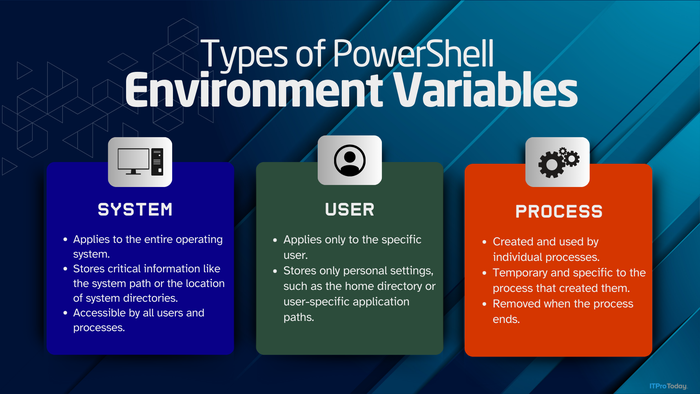How to Avoid Common Hybrid Cloud PitfallsHow to Avoid Common Hybrid Cloud Pitfalls
Some data and workloads are moving back from cloud to on-premises. It isn't a return to the days of yore, so thoughtful strategy and implementation matter greatly.

Organizations continue to fine-tune how they approach data, applications, and infrastructure. The latest move is pulling some data and workloads back to on-premises data centers. The question is whether they're applying what they learned in the cloud, especially when it comes to private cloud and hybrid implementations.
"They need to be hybrid by design in terms of intentionally aligning business and technology. It has to be thought through and designed [as] a hybrid cloud architecture, so they don't think, 'Hey, I'm going on prem, so I need to do virtualization here," says Nataraj Nagaratnam, CTO for AI governance and cloud security at IBM. "The policies, processes, and organizational construct will enable this transformation, and we see this happening increasingly."
What they should be doing is taking the learnings from their move to cloud and having an intentional hybrid strategy.
"I think AI is an opportunity to get your data right because data feeds the AI. To create value, you need to know where your data is, so governance is important, which in turn means do you have a hybrid landscape in place and a view of your digital assets, data assets and applications?" says Nagaratnam.
Read more about:
InformationWeekAbout the Authors
You May Also Like








.jpg?width=700&auto=webp&quality=80&disable=upscale)
